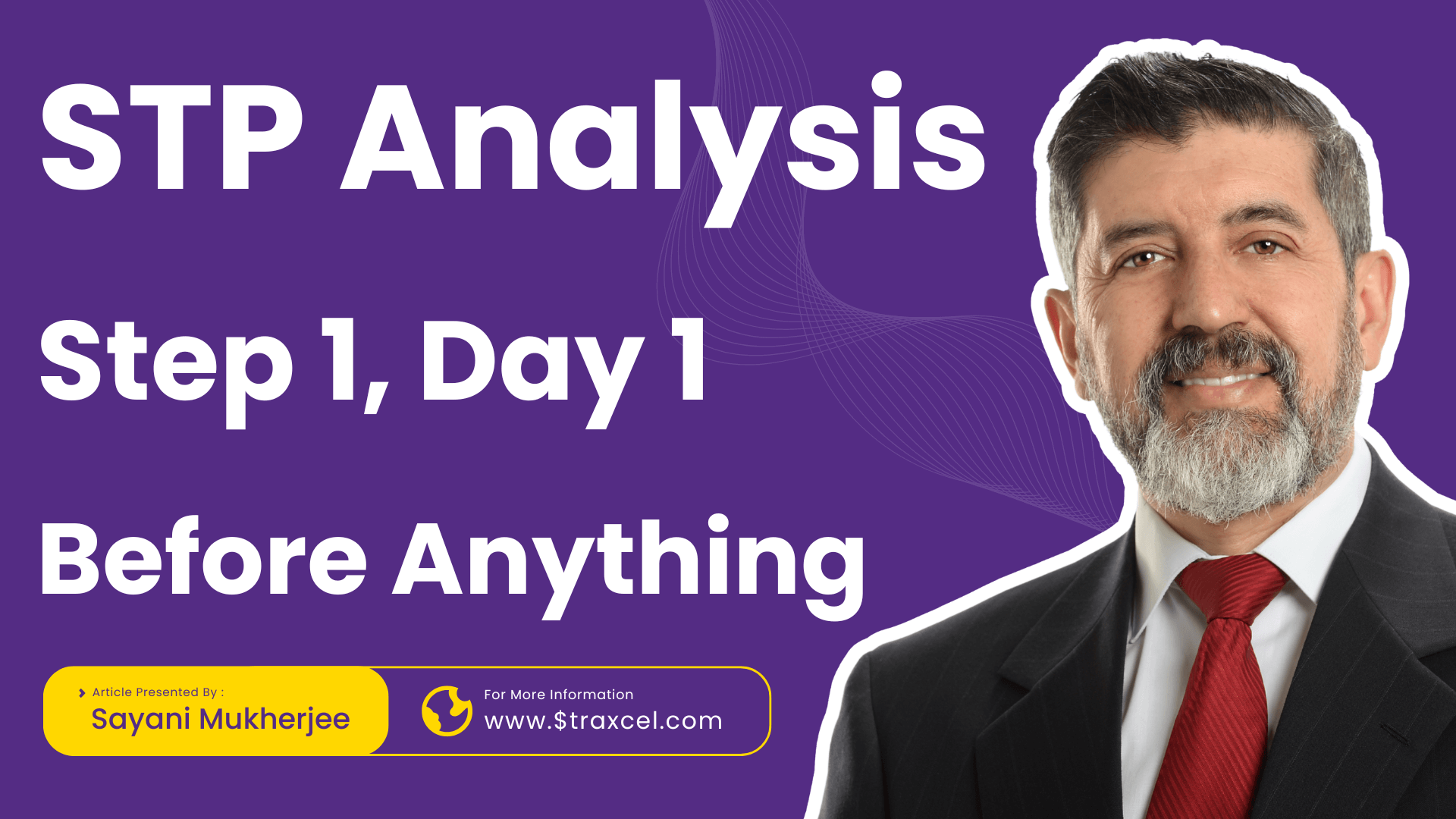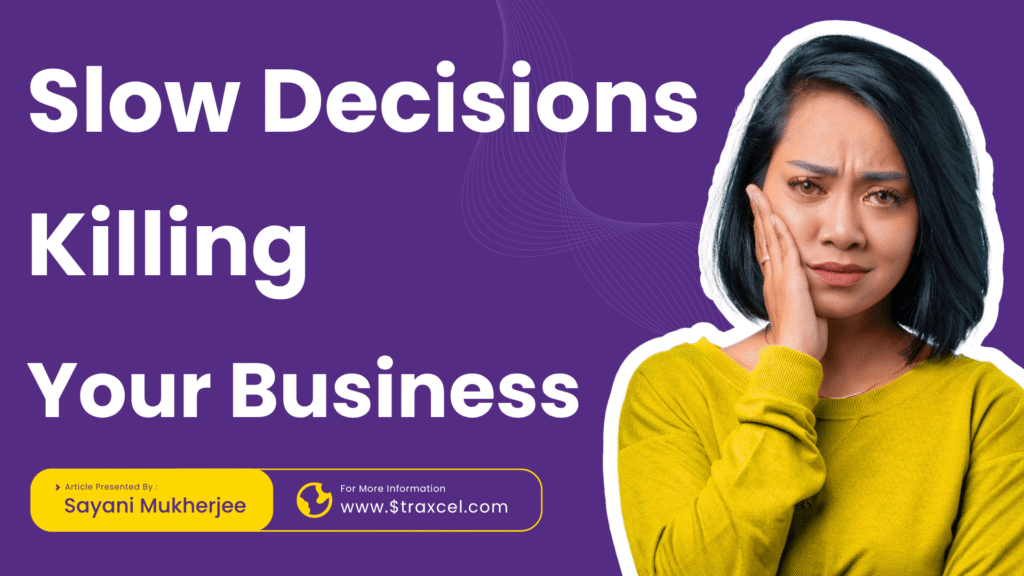You know what most businesses do wrong right from the start?
They jump straight into selling.
No plan. No clarity. No idea who they’re even talking to.
- They start posting.
- They start building websites.
- They start making ads.
But wait – who’s this even for?
If you’re building a product or launching a service, but you don’t know who your real audience is — you’re literally walking blind.
That’s why STP Analysis is the Day 1, Step 1 move.
Seriously. You don’t skip this. Not if you want to build something that actually grows.
Let’s break this down. Simple. Real. No MBA words.
First Things First – What is STP?
STP stands for : Segmentation, Targeting, Positioning
It’s literally the GPS for your business growth.
It tells you:
Who you’re talking to
Where to find them
How to talk to them in a way that actually connects
Without STP, you’re just guessing.
S – Segmentation: Split the Market Smartly
You know what kills businesses?Trying to sell to everyone.
Newsflash – “everyone” is not your customer.
Segmentation is about breaking the market into smaller, real groups.
People with different needs, goals, income, habits, age, mindset – all that.
Example : If you sell shoes – don’t just say “I sell shoes”
Break it down :
👟 Runners
👠 Fashion lovers
👞 Office goers
🥾 Hikers
Each group wants something different.
You don’t talk to a hiker the same way you talk to someone buying wedding heels.
T – Targeting : Pick Your People
Here’s where you make the smart call.
From those segments, which one’s your best bet?
Which one will love your product?
Which one will pay for it?
Which one has the biggest potential to grow with you?
You can’t chase all of them at once.
You don’t have unlimited time or budget.
Start with your best-fit audience.
Example :
Maybe you sell handmade bags.
Don’t target everyone who likes bags.
Target urban, eco-conscious women who care about sustainability and style.
Get specific.
Specific wins. Vague dies.
P – Positioning : Own Your Space in Their Mind
Okay, this is where the magic happens.
Positioning is how you make people see your brand.
It’s the story you plant in their head.
👉 Are you the luxury choice?
👉 Are you the affordable, no-nonsense option?
👉 Are you the quirky, creative brand?
You can’t be everything to everyone.
Positioning is about picking a lane – and OWNING it.
Example :
Think about Apple.
Apple doesn’t scream “We’re affordable.”
They scream “We’re premium. We’re beautifully designed. We’re different.”
That’s their lane. They own it.
You need to build that for your brand.
Why STP is Step 1, Day 1 – Not Step 20
Look, I’ve worked with enough brands to tell you : Most businesses do this backwards.
They launch first. They run ads first. They build products first.
And THEN they start thinking : Wait… who is this really for?
That’s a disaster waiting to happen.
You waste time. You waste money. You confuse people.
- STP is what you do before you spend a single rupee on ads.
- STP is what you do before you write that Instagram caption.
- STP is what you do before you build your product’s next feature.
It’s your business foundation.
Without it, you’re running on guesswork.
Real Story – I’ve Seen This Break Companies
I worked with this one startup – won’t name them – but they had this super cool fitness product.
They thought it was for everyone who works out.
But their price point? Super premium.
Their design? Sleek, minimal, expensive vibe.
But they were targeting students, college gyms, budget buyers.
👉 See the gap?
👉 Product and positioning didn’t match the audience.
We had to stop, go back to STP, and re-segment.
👉 Their real audience?
Young working professionals, fitness freaks, people spending money on premium lifestyle.
We repositioned them as the Apple of fitness accessories.
Within 3 months? Clicks up. Conversions up. Right people, right message, right price.
How You Can Use STP Right Now
Even if you’re already in business, it’s not too late.
You can pause and fix this.
Here’s a simple playbook:
1. Segment Smart
Break down your market.
Look at demographics, behaviors, needs.
Get clear. Real clear.
2. Target Hard
Who’s most likely to buy from you right now?
Who’s most profitable long term?
Focus there.
3. Position Strong
What’s the story you want them to believe?
What makes you the obvious choice?
Build everything around that – your ads, your content, your product design.
Final Thought : Start With STP, or Start Over Later
Look, you can ignore STP if you want. But you’ll feel it.
- Low sales
- Wrong customers
- Brand confusion
- Burned ad money
When you start without STP, you usually have to rebuild from scratch later.
- STP isn’t just a “nice” marketing thing.
- It’s a business survival thing.
So yeah – it’s Step 1. It’s Day 1.
It’s your starting line if you actually want to scale smart.





